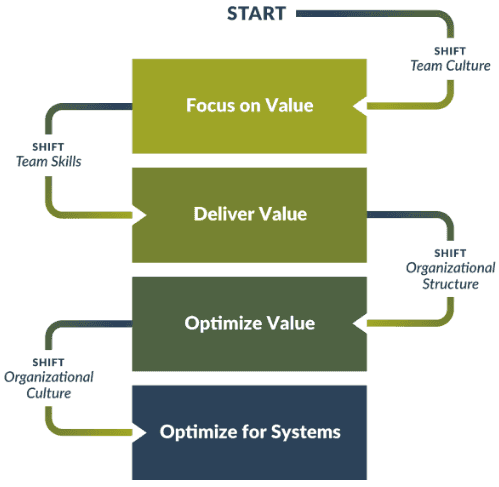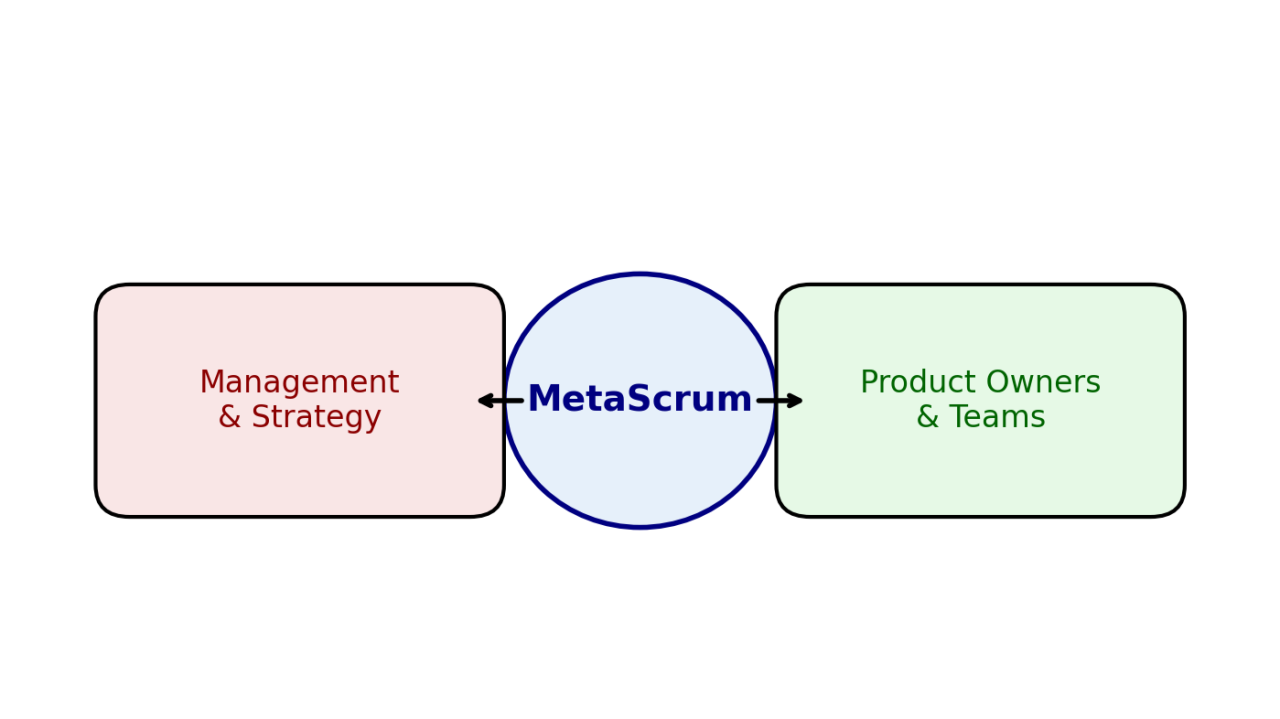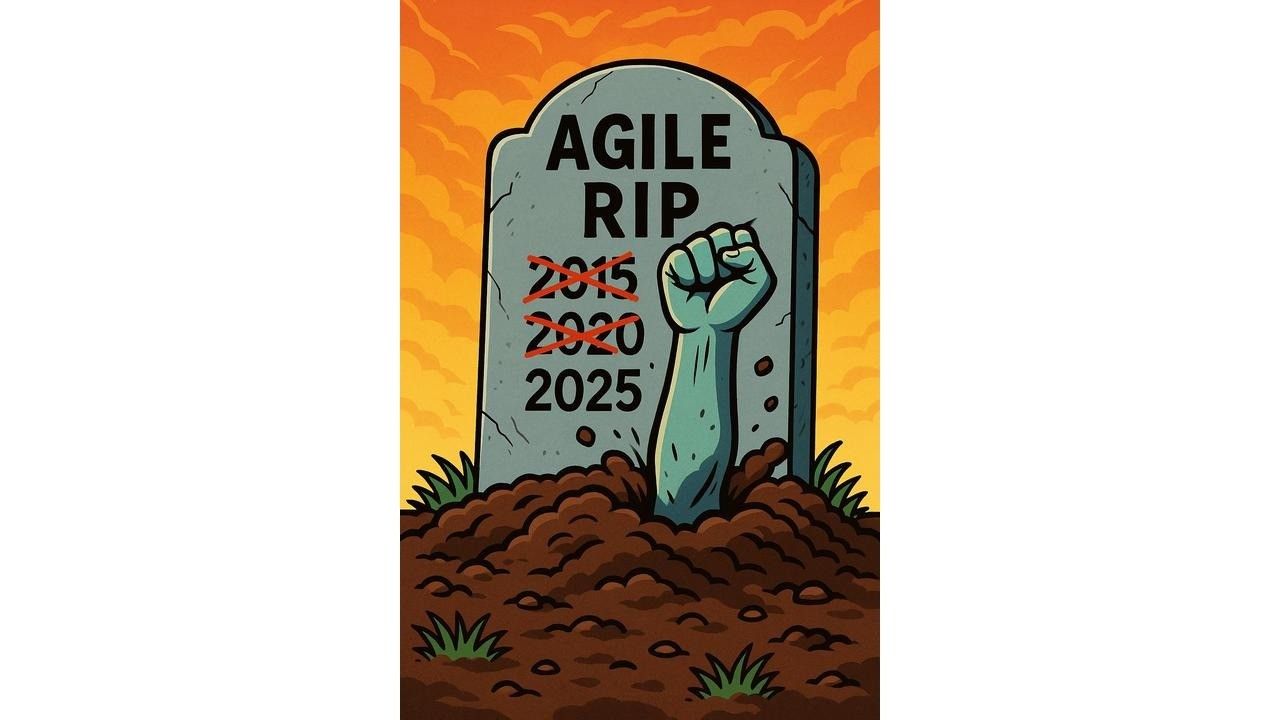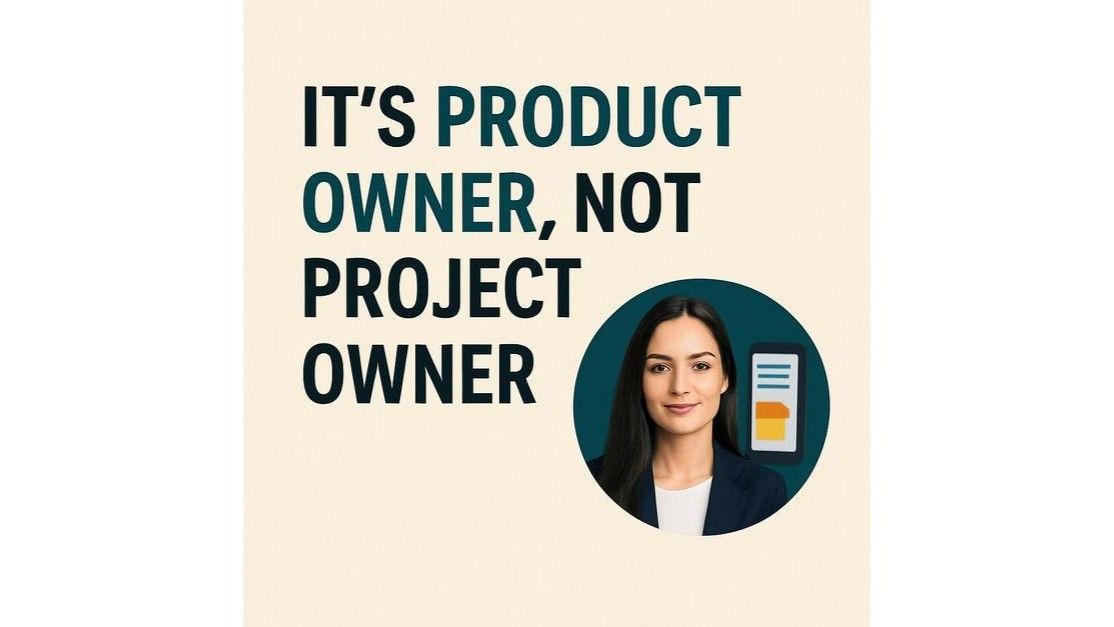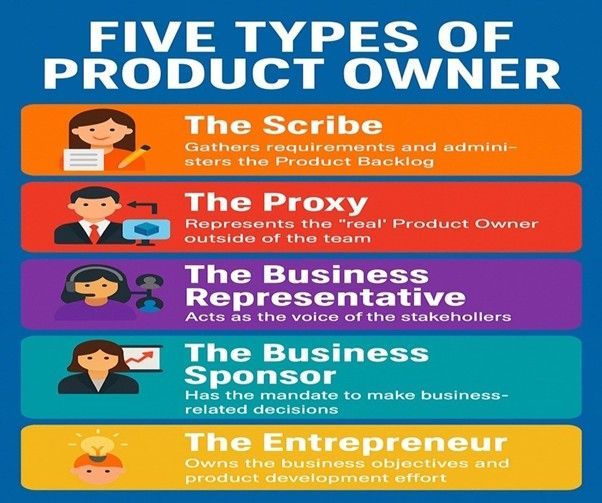Are We Nearly There Yet?
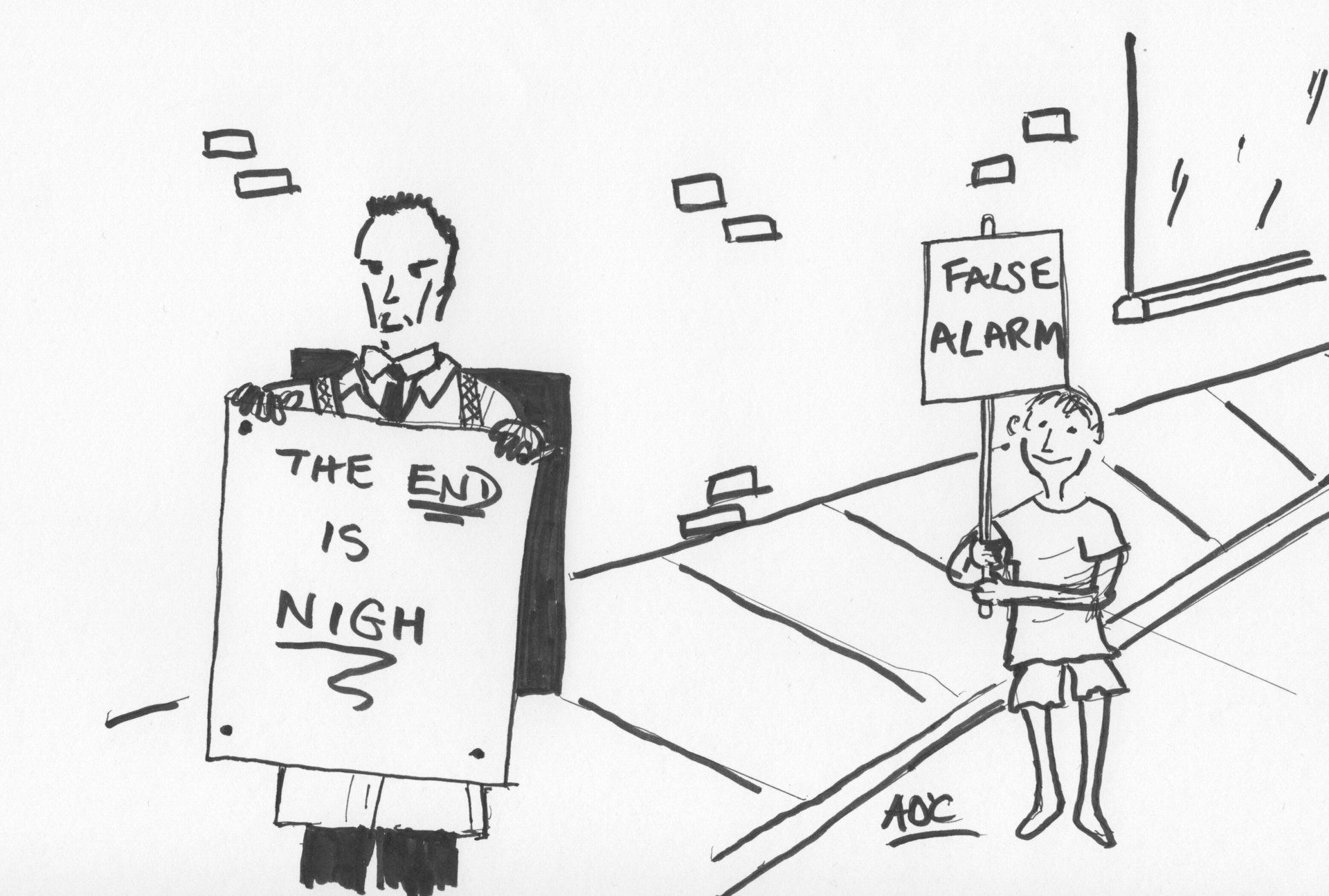
How can you assess the progress of your Agility in
your organization?
Agile has apparently ‘crossed the chasm’. Its early adopters have achieved sufficient momentum to ensure its entry into the mainstream of software and IT development, if not product development in general. In fact, one estimate is that currently between 12 and 15 million people use Scrum daily. And yet a keynote speaker at the recent Global Scrum Gathering in Dublin claimed that Agile is failing, providing as supporting evidence a straw poll of attendees that showed only a small minority thought they were reaping the full benefits of agility.
I have no issue with the idea that many organizations who have adopted agile are disappointed with the results so far. We’ll come back to that a little later. But the statement that Agile has failed begs two questions. First, who put a time limit on Agile’s pathway? Secondly, and much more importantly, what is meant by ‘the full benefits’?
Agility Fluency v ‘Maturity’ Models
My point is that Agile is not an end in itself, but a means to an end: the more effective delivery of business outcomes. And these goals are highly situational. They vary from organization to organization, and even between different departments in the same organization. The ‘full benefit’ is not some absolute standard that everyone should aspire to, but something that is completely qualified by the business goals that are being set for Agile teams.
The question ‘”How Agile are we?’” is the wrong question. It raised the spectre of ‘maturity’ models that really are ghosts that should have been banished a long time ago. Instead of Agile ‘maturity’, we should be thinking in terms of Agile fluency. Fluency is what your teams do when under pressure – the ‘muscle memory’ with which they react instinctively, without too much thinking. And the kind of fluency your teams should aspire to is determined by the goals of the organization.
An analogy might help here. I’m learning French. I need to be fluent enough to be able to converse and socialize with my neighbours in Nouvelle Aquitaine where I have a home. That is a completely different type of fluency from what someone would need for a weekend trip to Paris. Yet another kind of fluency would be needed for someone wanting to, say, teach a technical training course to French-speaking students.
James Shore and Diana Larsen’s Agile FluencyTM Model is a simple but powerful tool that helps organizations identify what kind of fluency their Agile teams need. There are four fluency ‘zones’ in the model: Focus on Value ; Deliver Value ; Optimize Value ; and Optimize Systems . At the risk of mixing metaphors, we can think of choosing a zone like we are buying a ticket on a city bus. Depending on where you want to get to, you buy a more or less expensive ticket to the zone that includes your end destination. Different types of Agile Fluency imply different levels of investment (training, coaching, tools etc.) and different benefits. The model gives you guidance in making these cost/benefit tradeoffs in your Agile investment plan.
Agile FluencyTM Diagnostics
The model is supported by the Agile FluencyTM Diagnostic tools. A trained facilitator works with management to understand its goals, and what achieving them would look like. These are then mapped to the appropriate fluency zone. The facilitator runs workshops with each of the Agile teams, collates the results and feeds back the curated, and anonymized, results to management, making recommendations for an investment plan. The idea is to provide a mirror for the teams to reflect on their progress, and identify the top two or three things that management can do to help them. These guided self-assessments can be repeated on a quarterly or six-monthly basis as part of an overall continuous improvement effort.
To sum up. Agile development is a means for the effective delivery of business value. Its progress can only be measured against the business goals it is being employed to achieve. For organizations feeling disappointed about what Agile has delivered for them this far, the way forward is to invest in the growth of their Agile teams. The Agile FluencyTM Model is just one tool, but a very useful one, that can be used to identify what kind of investment is needed, and what kinds of benefit to expect as a result.
